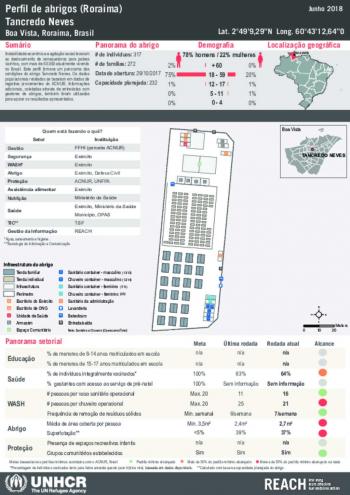
UNHCR/REACH Perfil de abrigos (Roraima) Tancredo Neves, Brasil - Junho 2018 [PT]
UNHCR/REACH Factsheet- June 2018


UNHCR/REACH Factsheet- June 2018

UNHCR/REACH Factsheet - June 2018
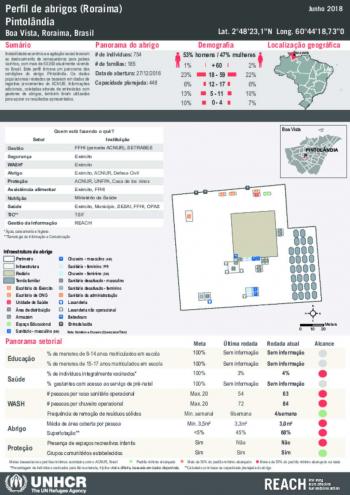
UNHCR/REACH Factsheet - June 2018
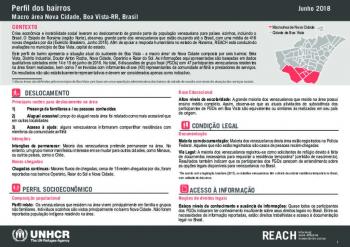
UNHCR/REACH Factsheet- June 2018

UNHCR/REACH Factsheet- June 2018
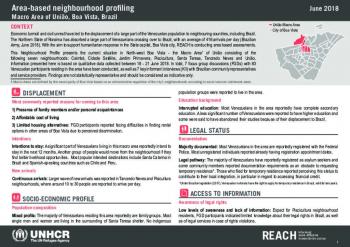
UNHCR/REACH Factsheet - June 2018

UNHCR Factsheet - June 2018

RAMV Report - June 2018
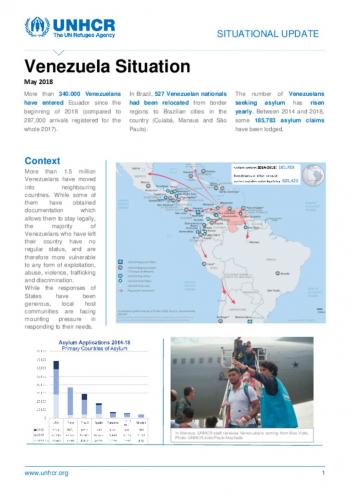
UNHCR Situation Update - May 2018
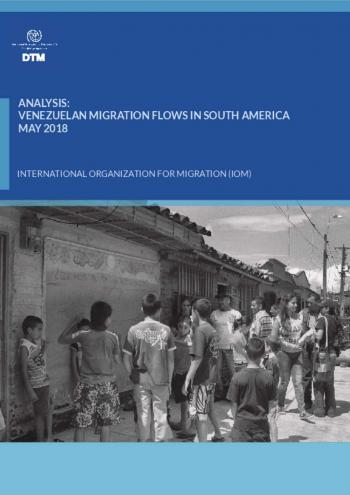
IOM Data and Statistics - May 2018
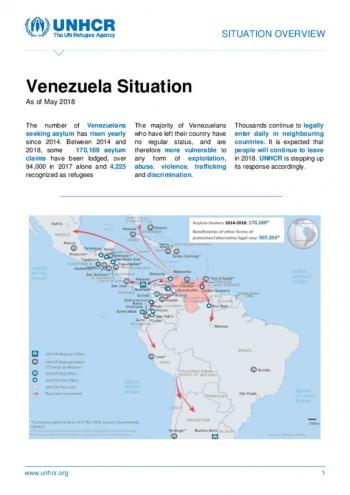
UNHCR Factsheet - May 2018

IOM Data and Statistics - April - May 2018
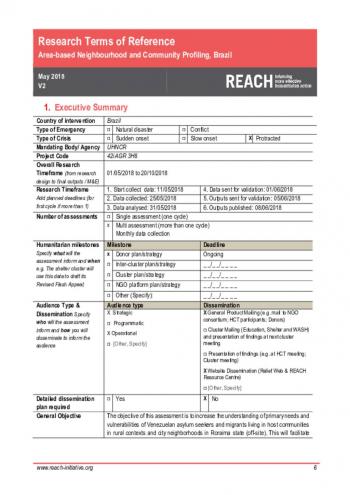
UNHCR/REACH Guidance - May 2018
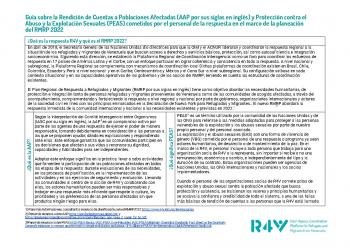
UNICEF Situation Report - May 2018
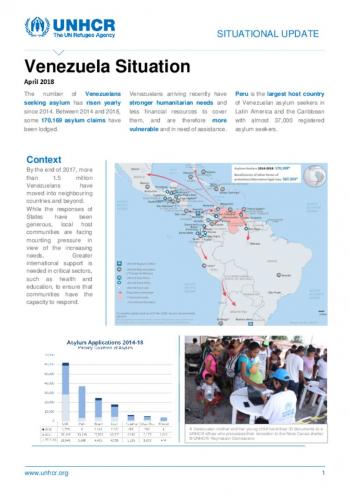
UNHCR Situation Update - April 2018
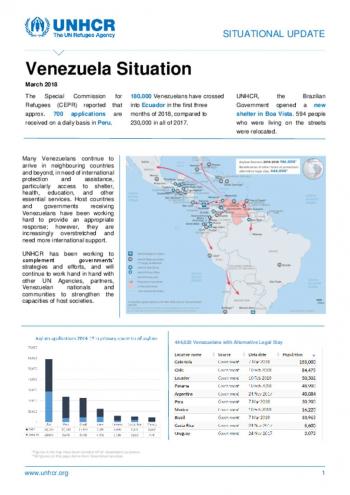
UNHCR Situational Update - March 2018

The coronavirus disease (COVID-19) which originated in the Wuhan city of China in December 2019 was characterized as a pandemic by the World Health Organization (WHO) on 11 March 2020. 1 By the time of writing, more than 3 million confirmed cases and 200,000 deaths have been reported globally.2 Common symptoms of the disease include fever, dry cough, shortness of breath, fatigue, and other symptoms. While the majority of cases are mild, people with underlying health conditions (diabetes, heart and lung diseases, HIV, etc.) and from elderly age groups are thought to be at highest risk. Affecting almost every country in the world,3 many governments have enforced and physical distancing measures, ordered closure of borders, imposed nationwide shut-downs of non-essential services and restriction of movements. The most vulnerable populations are the hardest hit with limited access to health-care facilities and no social support system for covering loss of income due to disrupted livelihoods.
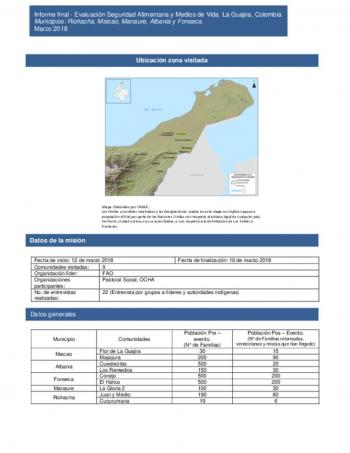
Evaluación Seguridad Alimentaria y Medios de Vida, La Guajira, Colombia
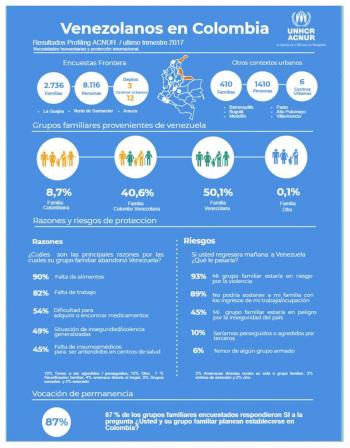
UNHCR Factsheet - October - December 2017

UNHCR Assessment - December 2017
